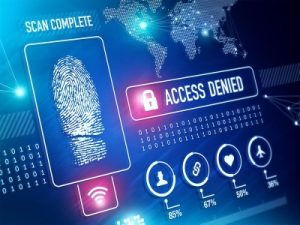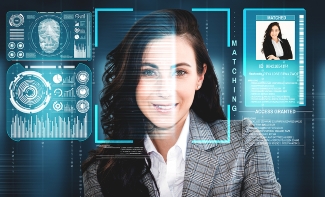
Biometrics, the automated recognition of individuals using unique characteristics, continues to spread into many areas of our everyday lives. We use our faces to unlock our phones, scan our eyes to board a plane, and use fingerprints to access our laptops. As the use of biometrics has become more commonplace, the implications of utilizing physical features, particularly facial features, to grant access to needed services have grown in severity.
Recognition vs Analysis
Facial biometrics fall into two general categories. Facial analysis does not tie a face to a name; rather, it looks for specific characteristics to make a decision on whether or not to grant access. Your iPhone uses facial analysis. A website designed for people 18 and older could use facial analysis to determine if someone is able to access the content. Facial recognition attaches a face to a name. In the case of security, it not only grants access but also connects that access to a specific user. It can also be used to identify a person to confirm or suggest an identity. Facial recognition requires the storage of an original image to compare the biometric scan to, say, a driver's license or passport photo. Continue reading



 With many of us using our faces to "open" our phones, biometric technology has become an everyday consumer technology. Capitalizing on the comfort and ease of use of facial recognition, government agencies are looking to incorporate it (and other biometric methods) into their modern cybersecurity plans and approaches but are realizing implementation in a government setting raises a host of complications.
With many of us using our faces to "open" our phones, biometric technology has become an everyday consumer technology. Capitalizing on the comfort and ease of use of facial recognition, government agencies are looking to incorporate it (and other biometric methods) into their modern cybersecurity plans and approaches but are realizing implementation in a government setting raises a host of complications. We've written here about how the government is looking at
We've written here about how the government is looking at 

